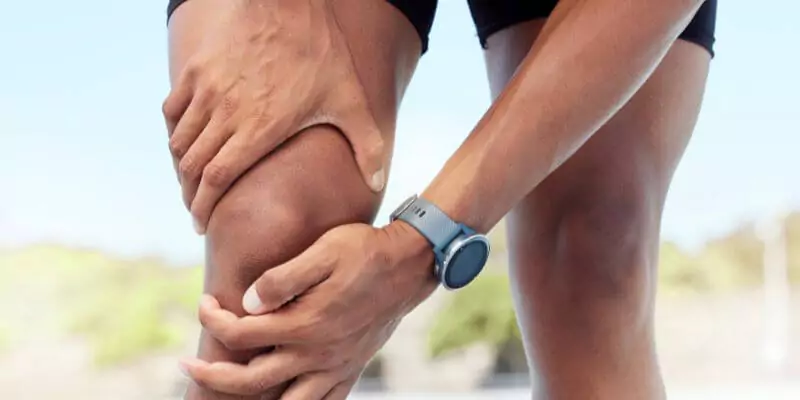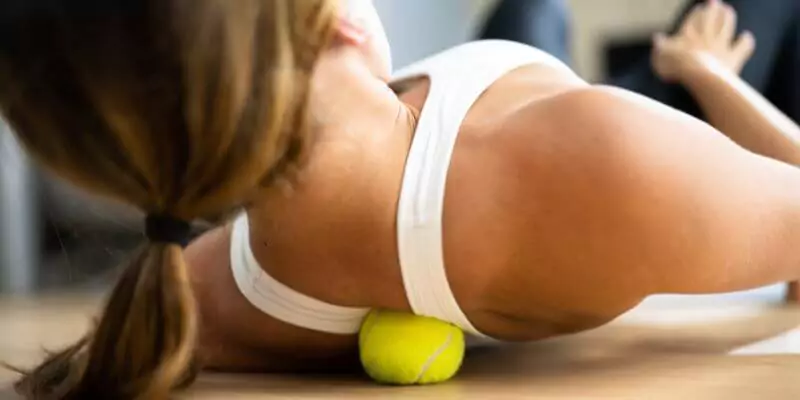You’ve committed to getting a little healthier and you’ve started an exercise programme. Yesterday you smashed your workout in the gym, but you could barely get out of bed this morning and now you’re walking around like John Wayne because you’re so sore. You may wonder if you should continue with your training today or just rest, but you’ve committed to workout goals and you really want to achieve them.
Don’t let your muscle soreness get you down! Here are 5 workouts you can do when you’re too achy to hit the gym again.
Why Am I Sore?
When you work out, the added effort of moving around and lifting weights puts stress on your muscles; the soreness you’re feeling today is called Delayed Onset Muscles Soreness (or DOMS for short) and it’s completely normal.
DOMs is usually worst when exercising for the first time after a long break or a change in activity. It lasts around 24-48 hours after exercise, although can last longer. The good news is the more you work out, the better your body will be equipped to handle it. Some people even like it as it lets them know they’ve had a good workout and their body is responding to training!
Want to treat your soreness? Try using a heat pad or have a warm bath to help ease the discomfort. Ice (if you’re brave enough) is actually better as it will reduce the swelling in your muscles - that’s why athletes have ice baths after a big event. If you’re not quite ready to take the plunge, a bag of ice cubes held over the area will work as well.

What Are The Benefits of Working Out When Sore?
Active recovery (working out when you’re sore) can help by stretching out sore muscles, but only if you’re gentle. If you genuinely feel that you are far too sore to work out, rest and use ice or heat to speed up recovery. Also, as tempting as it can be to sit on the couch, you’ll seize up more from lack of movement. So, although it’s going to be uncomfortable at first, doing some light movement will actually help you feel better and recover much quicker.
If you do feel up to a light workout, here’s what you can try:
The Workouts
1. Light Cardio
Going for a gentle walk or slow cycle helps to improve circulation, and increase blood flow to your sore muscles. Blood carries the nutrients and oxygen that your muscles need to repair and the faster these nutrients get to the muscles, the faster they can get to work - and you’ll feel better much quicker!
2. Bodyweight Exercises
If you feel able to do a little more than just walk or cycle you can do some light exercises (and we really do mean light!). Lay off the weights altogether and choose some simple bodyweight exercises like lunges, the plank, and push-ups. These are all great for increasing blood flow and helping you stretch your fatigued body. If you do want to use weights, make sure you go super light, and use weights at 25% and 50% of the weight you would usually opt for.
3. Yoga
Rolling out a mat and flowing through some yoga can really help to alleviate the discomfort of your sore muscles.
Yoga combines deep breathing with slow stretching which will give your muscles the added boost of blood and oxygen; you’ll get to enjoy the blissful feeling of relief from the aches and pains as you gently stretch into each pose.
4. Swimming
Enjoying a gentle swim is a great way to help your muscles relax from your workout. You’ll be able to have a good stretch and the water will help to gently massage out any knots. Make sure you do a variety of strokes to really target the whole body and stretch out all the muscle groups.
5. Resistance Band Exercises
Use a few lightweight resistance bands to really stretch those muscles. Resistance bands are particularly useful to lengthen the muscle groups that are hard to get to, like the chest, back and triceps.
Final Tips To Relieve Sore Muscles After A Workout
Here are a few extra tips to help:
- Drink lots of water to stay hydrated
- Get lots of rest
- Eat plenty of lean protein
- Get a massage (or use a massage ball or tennis ball to rub out the knots yourself)
- Keep moving so you don’t seize up
- Make sure you stretch and cool down properly after each workout

All of these workouts have the added benefit of improving your core strength and posture too. Our modern lives often cause us to have stiff necks and shoulder pain as a result of our desk-bound jobs and we’re constantly adding stress to our necks from looking down at our phones. Incorporating exercise into your daily routine is an excellent way to alleviate these aches and pains so we feel good each day.
Love Exercise? Start A Career In This Space!
If you’re interested in making exercise more than just a passion, we have online courses that can help you become a professional in this space and even start your own fitness empire!
By studying online fitness courses with us, you’ll learn from experienced and renowned instructors who have been there, done it, and made a name for themselves in this space. Learning from their first-hand experiences will help you avoid common pitfalls and get you on a more direct path to success as a fitness professional.
Find out more by checking out our fitness faculty below! Alternatively, you can call us on 01202 006 464 or chat with us online!



















